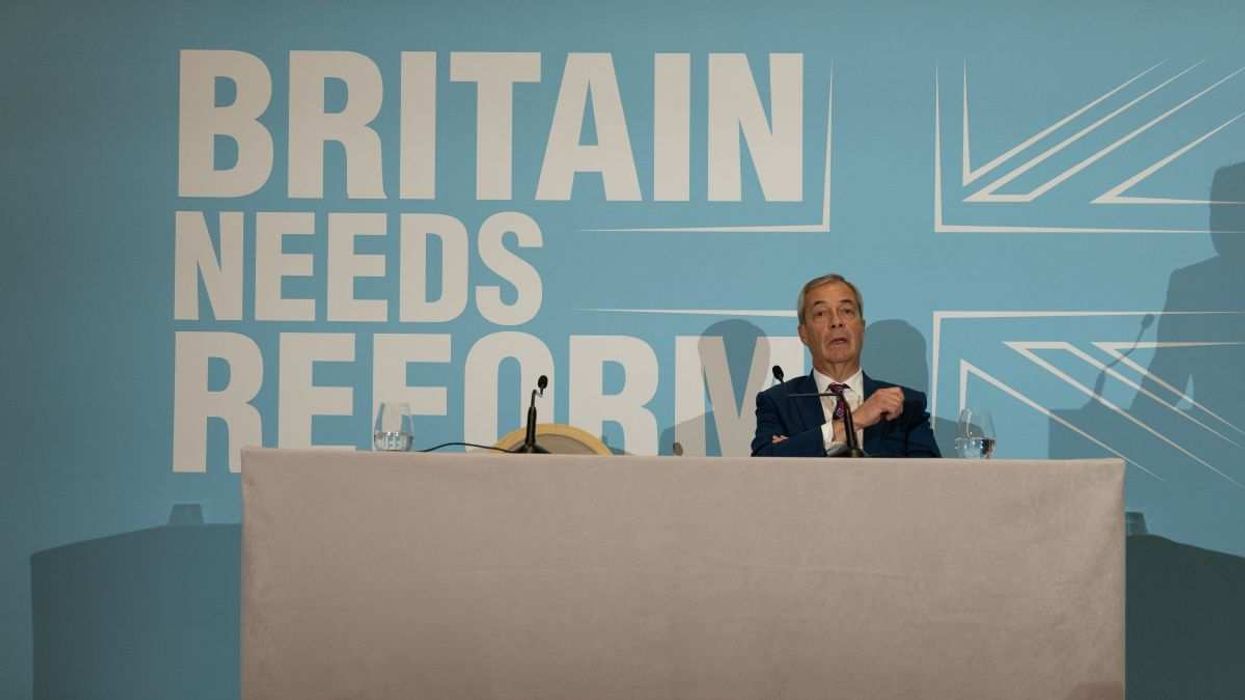When Indian warships steamed into Manila Harbor on Monday, they sent a message to Beijing. With its land borders cut off by archrival Pakistan, wartorn Myanmar, and an increasingly hostile Beijing, New Delhi is committed to becoming a world-class naval power. The port call in the Philippines followed similar stops in Singapore, Vietnam, and Malaysia as India attempts to build stronger bonds with Southeast Asian partners, many of whom share anxieties about China’s territorial ambitions.
New Delhi has a long way to go. The Indian fleet is only around a third the size of China’s (the world’s largest by number of vessels), but it has over five dozen ships under construction. By 2050, New Delhi hopes to have 200 ships afloat, ideally built at home — a plan that looks all the more feasible given India’s recent economic growth.
And a navy will be key to maintaining those high, export-driven growth rates by keeping the seas safe for Indian traffic. In just the last nine months, the Indian Navy has come to the aid of four ships that were attacked while transiting the Red Sea. We’re watching how a more capable India throws its weight around on the high seas, and how China responds.


















